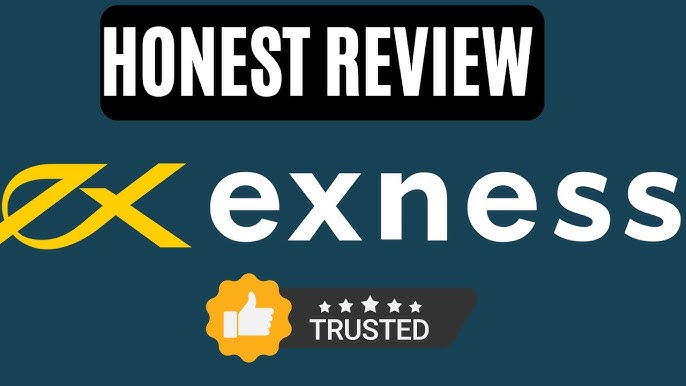
In the ever-evolving world of online trading, brokers frequently adjust their fee structures to attract and retain traders. One such broker, competitive Exness fees http://bgtekstil.com/ex-lover-markets-by-exness-13/, has garnered significant attention due to its competitive fees. Understanding these fees is crucial for any trader looking to maximize their profitability and efficiency. This article delves into Exness’s fee structure, examining the various costs involved and how they compare within the competitive landscape of the trading industry.
Types of Accounts Offered by Exness
Exness offers several types of trading accounts, each designed to cater to different trader needs. The primary account types include:
- Standard Account: This account is ideal for retail traders. It typically features spreads starting from 0.3 pips and no commission on trades.
- Pro Account: Designed for more experienced traders, this account offers tighter spreads starting from 0.1 pips combined with a small commission, which can improve overall trading costs for frequent traders.
- Zero Account: As the name suggests, this account has zero spreads, but it does charge a commission on trades. This type of account can be particularly cost-effective for high-volume traders.
- Raw Spread Account: Similar to the Zero Account, this option also features very tight spreads but involves a commission. The advantage here is the tighter pricing available on major currency pairs, attractive for smaller pips trading.
Understanding Spreads and Commissions
Spreads and commissions are the two main components of trading fees. A spread is the difference between the bid and ask price of an asset, while commission refers to a fee charged by the broker for executing a trade. When trading on Exness, it’s essential to understand how these elements interact.
The variable spreads offered by Exness can be very competitive, especially for major currencies like EUR/USD. For instance, the Standard Account typically offers spreads starting at 0.3 pips, which is quite attractive compared to the industry average.
On the other hand, while the Pro, Zero, and Raw Spread accounts feature lower or zero spreads, they incorporate an additional commission based on the volume of the trade. For example, a commission might be charged per lot traded, and this fee can vary based on factors like the trading instrument and account type. It’s important for traders to calculate the total cost of a trade, considering both the spread and any commissions charged, to determine the most cost-effective option for their trading style.
Other Fees to Consider

In addition to spreads and commissions, Exness also has other fees that traders should be aware of:
- Withdrawal Fees: While Exness does not charge withdrawal fees for several payment methods, it’s essential to check the specific details of your chosen method as fees may apply through banks or payment processors.
- Inactivity Fees: Exness charges an inactivity fee if there are no trades or deposits for a certain period. This is common practice among brokers and can be a surprise for traders who may leave their accounts dormant.
- Currency Conversion Fees: If a trader deposits or withdraws in a currency different from their account base currency, they may incur a conversion fee, which can impact the total fees incurred.
Comparing Exness Fees with Competitors
When evaluating whether Exness is the right broker for you, it’s beneficial to compare its fees against other popular brokers in the industry. Factors to consider include the tightness of spreads, the structure of commissions, and overall trading environment.
For instance, some competitors may offer lower spreads but charge higher commissions, or vice versa. This variability emphasizes the importance of calculating total trading costs based on an individual trader’s strategy. Tools like trading calculators, as provided by Exness, can help traders visualize their costs and make better-informed decisions.
The Importance of a Fee Structure
A clear and transparent fee structure is crucial for any broker that aims to attract serious traders. Exness has quite an advantageous position regarding its competitive Exness fees, which are well-structured to provide varying options suitable for all traders.
Transparency in fee structures not only boosts trader confidence but also helps in building lasting relationships. Traders are more likely to remain loyal to brokers that allow them to understand and predict their trading costs accurately.
Conclusion
In conclusion, understanding the competitive Exness fees requires a comprehensive look at how the various account types, spreads, commissions, and additional fees influence overall trading costs. Choosing the right account type based on personal trading style and frequency can significantly impact profitability.
Ultimately, while Exness offers a competitive edge with its fee structure, traders should carefully assess their own trading habits and preferences to ensure they align with the broker’s offerings. Conducting this thorough analysis can lead to better trading decisions and improved financial outcomes.
